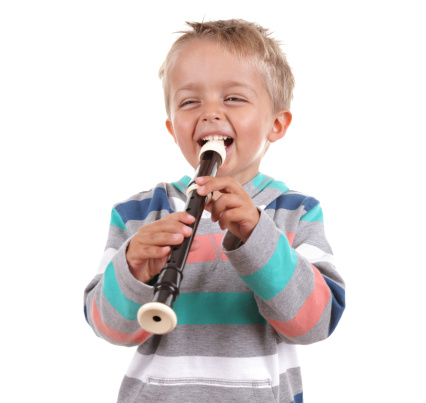When you hear the word “vertical flute,” which instrument do you think of?
In Japan, the recorder, which is sometimes played in school classes, and the shakuhachi, a traditional Japanese musical instrument, are particularly well known.
The recorder and the shakuhachi share the same principle of sound production, and both are members of the air reed instrument family.
However, people generally have the impression that the recorder is “easier to produce sound” than the shakuhachi.
So what is it that causes this difference in “ease of producing sound”?
What causes the difference in “ease of sound production” is the shape of the mouthpiece.
Since the recorder is played by holding the tip of the mouthpiece in the mouth, a certain amount of air passes through it in a certain direction. Therefore, the sound is automatically produced at a specific place where the breath is applied.
On the other hand, the shakuhachi requires the player to adjust the angle at which the breath passes through the mouth. In other words, it is necessary to find the place where the breath is to be applied by oneself. In addition, the speed and momentum of the breath also affect the pronunciation.
Having told you this much, you may think that the shakuhachi is a difficult instrument to play because it is hard to produce sound.
However, let’s think about it the other way around. The fact that various elements are involved in pronunciation means that it is an instrument capable of producing a variety of tones.
In this light, even a little difficulty in producing sound can be said to be an attraction of the shakuhachi.
At shamisen-lessons.com, we especially deal with lessons for shakuhachi.
If you are interested, please contact us.



Leave a review